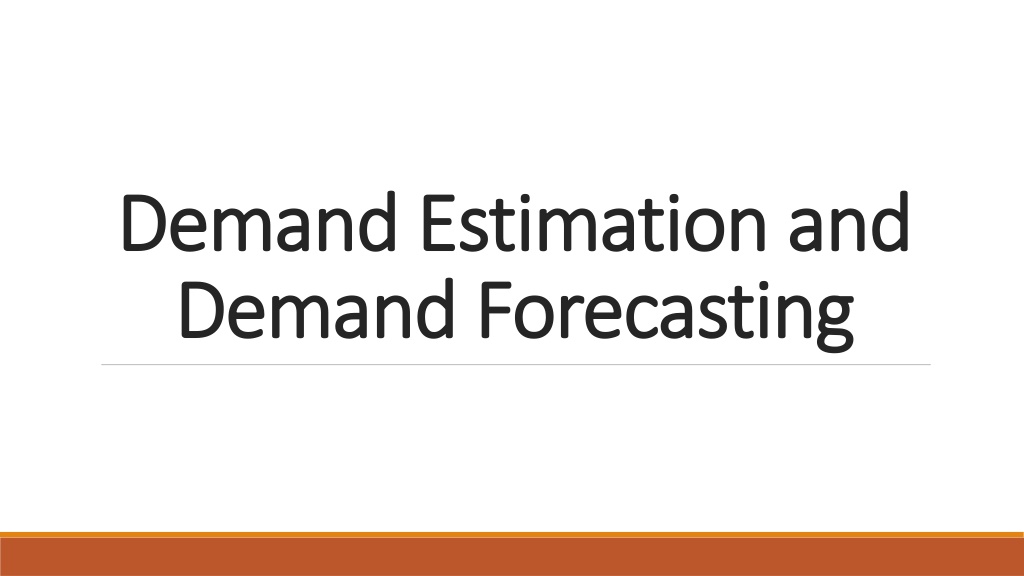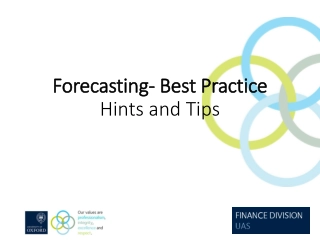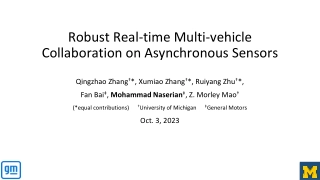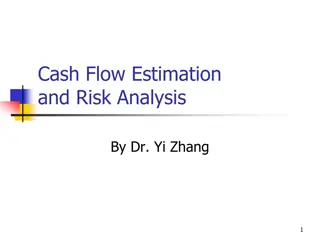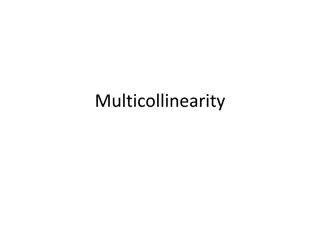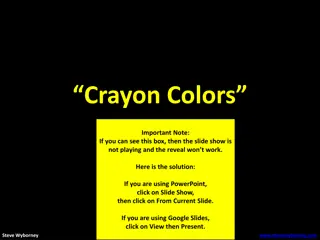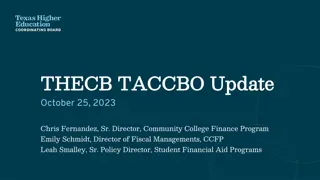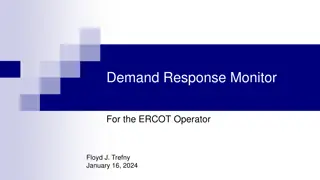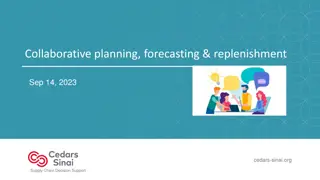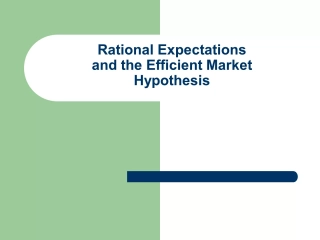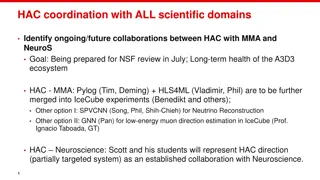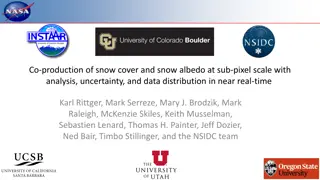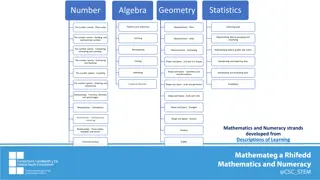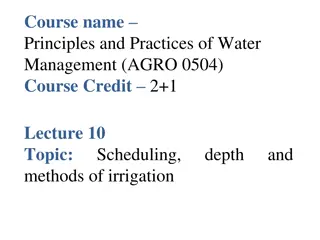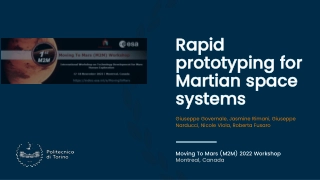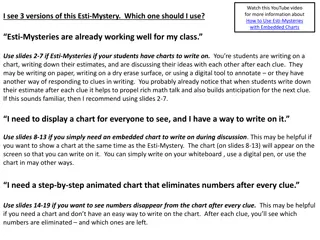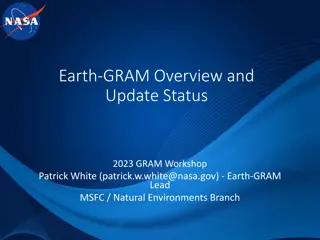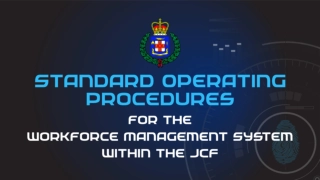Demand Estimation and Demand Forecasting
Demand estimation and forecasting are crucial processes for businesses to predict future demand for their products or services. Demand estimation involves analyzing the impact of various variables on demand levels and pricing strategies, while demand forecasting helps in planning production, new product development, and capacity enhancement based on expected demand levels. The process includes analyzing past and present data to make educated guesses about future demand under specific business conditions. Efficient demand forecasting requires clear objectives and careful steps to ensure accuracy and reliability.
Download Presentation
Please find below an Image/Link to download the presentation.
The content on the website is provided AS IS for your information and personal use only. It may not be sold, licensed, or shared on other websites without obtaining consent from the author. Download presentation by click this link. If you encounter any issues during the download, it is possible that the publisher has removed the file from their server.
Presentation Transcript
Demand Estimation and Demand Estimation and Demand Forecasting Demand Forecasting
In Demand estimating manager attempts to quantify the links or relationship between the level of demand and the variables which are determinants to it and is generally used in designing pricing strategy of the firm. In demand estimation manager analyse the impact of future change in price on the quantity demanded. Firm can charge a price that the market will ready to wear to sell its product. Over estimation of demand may lead to an excessive price and lost sales whereas under estimates may lead to setting of low price resulting in reduced profits. In demand estimation data is collected for short period usually a year or less and analysed in relation to various variables to know the impact of each variables mainly the price on the demand behaviour of the customers. It is for a short period. In Demand forecasting mangers forecast the most likely future demand of a product so that he can make necessary arrangement for the various factor of production i.e labor, raw material, machines, money etc. Demand forecasting tells the expected level of demand at some future date on the basis of past and present information. It helped in production planning, new product development, capacity enhancement or new schemes etc. Demand forecasting is generally used for short term estimation as well as long term forecasting.
Thus, demand estimation and forecasting means when, how, where, by whom and how much will be the demand for a product or service in near future. The process of demand estimation/forecasting can be broken into two parts i.e. analysis of the past conditions and analysis of current conditions with reference to a probable future trend. It helps in estimating the most likely demand of a good or service under given business conditions.
Features of Demand Forecasting Features of Demand Forecasting The main features of the demand forecasting are; 1. Demand Forecasting is a process to investigate and measure the forces that determine sales for existing and new products. 2. It is an estimation of most likely future demand for a product under given business conditions. 3. It is basically an educated and well thought out guesswork in terms of specific quantities 4. Demand Forecasting is done in an uncertain business environment. 5. Demand Forecasting is done for a specific period of time (i.e. the sufficient time required to take a decision and put it into action). 6. It is based on historical and present information and data. 7. It tells us only the approximate expected future demand for a product based on certain assumptions and cannot be 100% precise.
Demand Forecasting Process Demand Forecasting Process To have efficient, accurate and reliable demand forecasting a manager must take the following steps; 1. Specifying the objective of Demand Forecasting While forecasting demand one may have different objectives like quantity and composition of demand, price to be quoted, production planning, inventory planning or capital budgeting, short or long term demand, firm s market share etc. Thus, the objective for which demand is to be estimated must be clearly defined at first stage. 2. Determining the nature of goods The next step in demand forecasting is identification of type of goods as different type of goods such as consumer goods, capital goods, industrial goods, durable and nondurable goods; perishable or seasonal goods have different type of demand pattern. This will help in applying write approach to demand estimation process.
Demand Forecasting Process Demand Forecasting Process 3. Determining the time perspective Depending upon the nature of goods and firm s objective, the demand can be forecasted for short term as well as for long term. In short term many of the determinants of demand may remain constant or not to be change significantly but in long run these determinants may change significantly. Thus, while forecasting demand one has to define the time span for the forecast. The time period is normally divided into short run up to 3 to 6 months, medium term up to 2 or 3 years and long term beyond 3 or 5 years. 4. Determining the level of forecasting; Demand forecasting may be undertaken at micro or firm level, industry level, macro level or international level. It may be done for product line forecasting, general or specific purpose or for established or new products. There are different factors that influence the demand at different level of forecasting. Thus one must specify the level of forecasting beforehand.
Demand Forecasting Process Demand Forecasting Process 5. Selection of proper method or technique of forecasting Economists have developed different methods or techniques for forecasting. However, these methods are not suitable for all type of demand forecasting due to the type or objectives of forecasting, data requirement, availability of data and time frame. One has to select an appropriate method for demand forecasting to achieve stated objectives.It also depends upon the purpose, knowledge and experience of the forecaster. 6. Data Collection and modification Depending upon the objective and method of forecasting next step in demand forecasting is to collect the required data. There are different method of collection of primary data like observation, interview, survey or questionnaire, focus group discussion methods etc. Data can also be collected from various secondary sources but, this data required modification as it may not be available in the required mode. 7. Data analysis andestimations Once the data has been collected and method of data analysis has been finalised the next step in demand forecasting is analysis of data and interpretations of results. The Efficiency of estimation depends upon the efficiency with which it has been analysed and interpretive. Sometimes, estimation required support from background factors which has not been used in estimation process. One mist frequently revised the estimates depending upon the changed business conditions.
